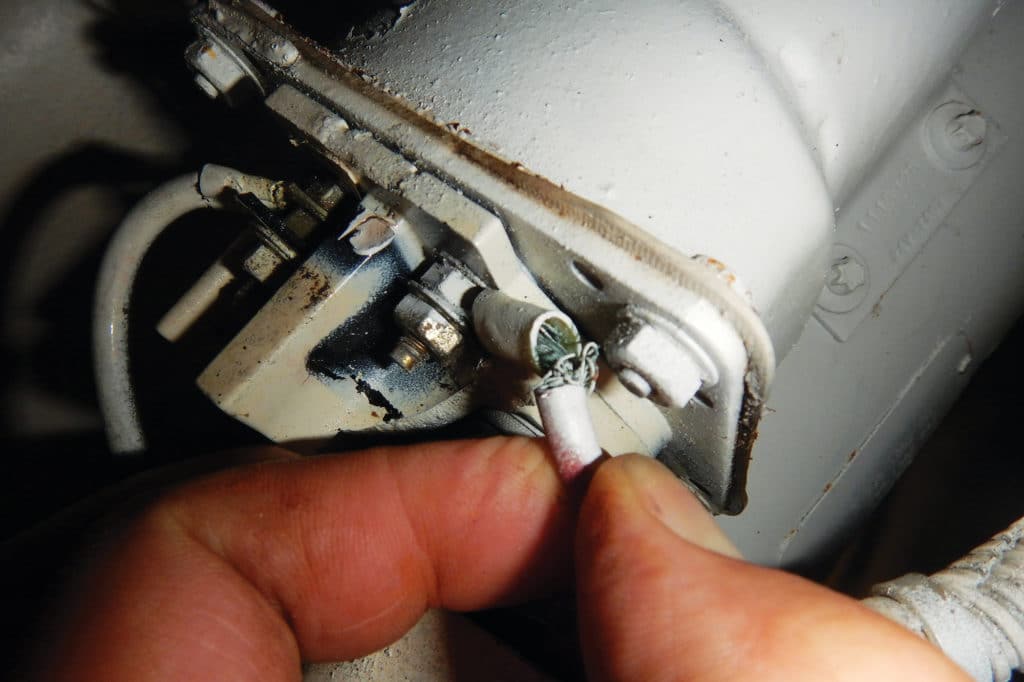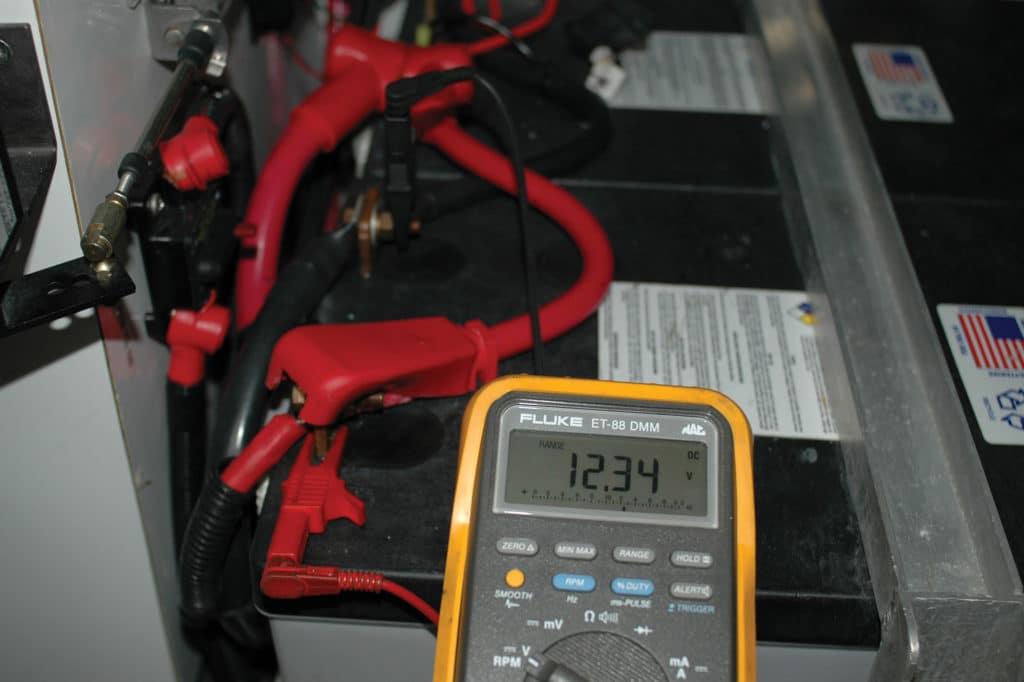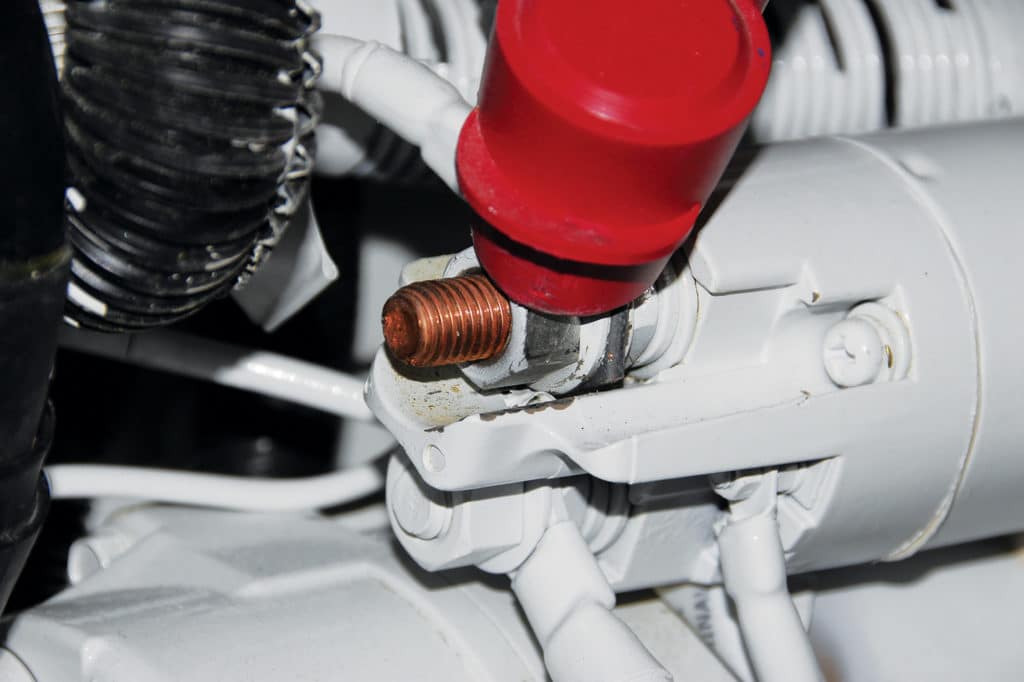
Recently, a member of a forum in which I participate shared a plea for help with an engine that would not start: “When I try to turn it over, I get nothing.” Should you need similar assistance, get the terminology right. If you turn the key to the crank position, wherein the starter usually engages and the engine rotates, and you get no response, the engine “will not crank.” If you turn the key and the starter engages, it “cranks but will not start.” Most key switches have three positions: off, run and crank. The latter is spring-loaded, so it stays engaged only while you are turning it; when you let go, the key returns to the run position.
If it does not crank (i.e., it doesn’t even click when the key is turned to the start position), it’s a clear electrical problem. The culprit is usually the starter itself or the battery; the wiring leading to the starter (from the battery or key switch) also might be compromised. First, check and cycle the battery switch; these can fail and contacts can become oxidized if not used for long periods.
Next, turn the key switch to the run position: Do the instruments respond? If not, electrical power to the engine is somehow compromised; check all of the connections at the starter, both large and small, for any that might be loose or corroded, or where ring terminals are not properly crimped. And don’t forget to check the large DC negative cable where it is connected to the engine block, or in some cases to the starter directly.

Most engines have a button-type circuit breaker on the engine that protects the power supply to the instruments and key switch, including the starting circuit; if it trips, the instruments will not respond when the key is turned to run, and the engine will not crank. These breakers can be notoriously difficult to find on the engine because they are small (a little larger than an eraser) and sometimes painted the same color as the engine. Find out where yours is located. This circuit also might be protected by a fuse—again these can be hard to locate because they are rarely labeled.
If you have no power to the instruments and you can use a multimeter, check for voltage at the start battery; it should show roughly 12.4 to 12.6 volts at rest, with no load and no charger. If the charger is on, you should see something over 13.4 volts. If you do have power, move on to the starter’s large post, to which the large red cable is connected. You should see roughly the same voltage there; if there is no voltage, that’s the problem: A battery connection is compromised, or the battery switch is off or defective.

If you do have power at the large post, the next test is the starter solenoid. Many engines use a yellow wire with a red stripe for the cranking circuit; it should indicate 12 volts when cranking only. If the key is turned to the crank position and you observe no power at this post, the key switch or its wiring is the issue.
While conducting these tests, it’s important to not only have a good ground for the multimeter, but it also should be the same ground the engine is using. Don’t connect the meter’s black lead directly to the battery; connect it where the large, black negative cable is attached to the engine block. Before taking any readings, confirm that this is a good ground by touching the red lead directly to the battery positive post or a known positive source. Doing so will ensure all of your subsequent meter readings are valid. There might be other causes, but the above are among the most common.
Glow plugs, if the engine is equipped with them, are usually actuated with a separate spring-loaded switch; however, some keys also might have a glow-plug position. In some cases, the engine will not crank unless the glow plugs are actuated (reminding you to use them); however, if this switch is compromised, it can prevent the engine from cranking, so it should be part of the troubleshooting process. Assuming the engine uses a pump-line-nozzle injection system (i.e., non-electronic) and it cranks but will not start, that’s almost certainly fuel-related. But it could be several other things, which I’ll discuss next month.
Steve D’Antonio offers services for boat owners and buyers through Steve D’Antonio Marine Consulting (stevedmarineconsulting.com).








